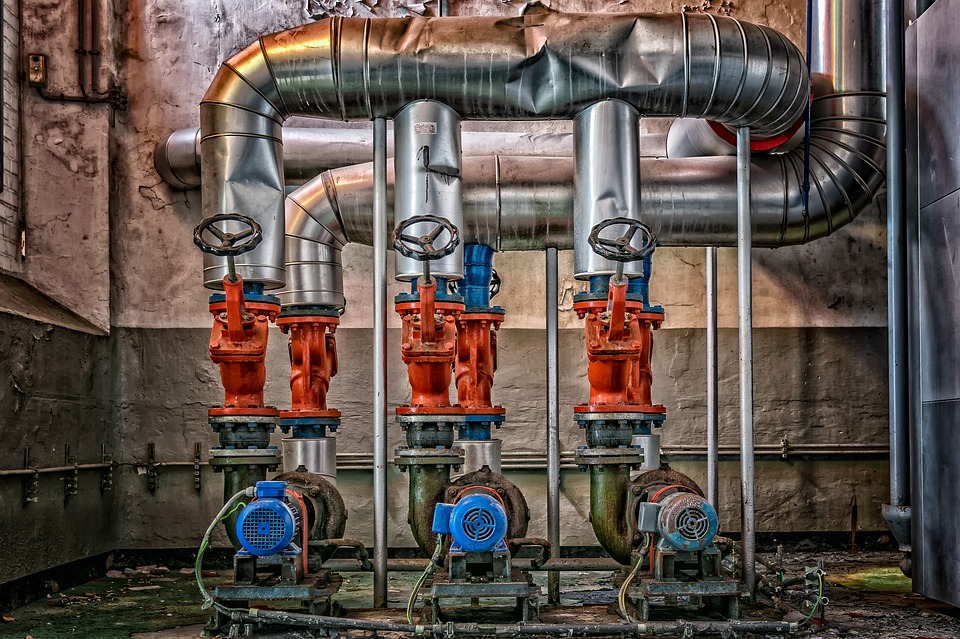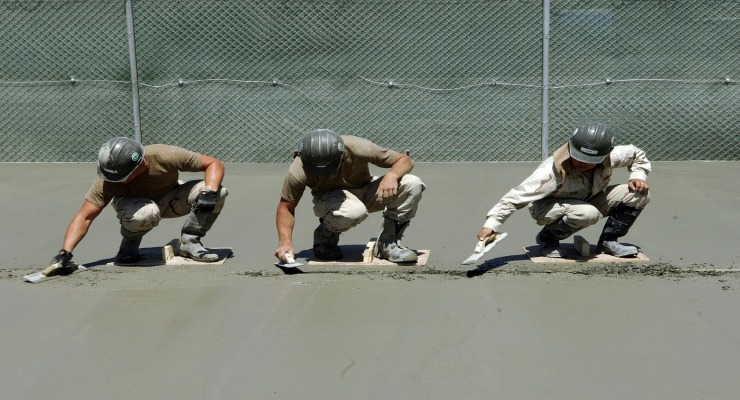Heated floors. Which system is better - water or electric?
Imagine a frosty, chilly day. You finish your work and pick up the children from school and kindergarten. Together, you go back home… where it’s warm. Sounds good, right? What’s more, it’s possible to achieve - provided that you choose the right heating. Heating systems are one of the most important installations in a building - regardless of its purpose. A room without proper heating is unsuitable for comfortable living. Many homeowners decide to install heated floors in their houses. What should you know about such systems and which type of underfloor heating is best for you?

What are the benefits of heated floors?
Heated floors have many advantages. The most important aspect is the fact that it is practically invisible - as the name suggests, the system is hidden under the floor. For this reason, one can furnish their room exactly as intended - without any limitations. Traditional heating systems use external heaters, which diminish the available space. It is especially troublesome in small interiors and might force you to order specially customized furniture - which generates high costs. If you decide on underfloor heating, such a problem is practically non-existent.
In addition to aesthetics, heated floors are exceptionally efficient with regards to providing thermal comfort. Regardless whether you choose electric, or water powered heated floors, you can count on properly distributed warmth across the whole room.
A characteristic feature of conventional heating systems is the fact that they send the warmth to the upper levels of the room. Underfloor heating does quite the opposite. The highest temperature remains by the floor. Because of the heat being distributed this way, one might reduce the maintenance costs. In addition, heated floors are considered a much healthier system.
Are heated floors always effective?
Heated floors always bring great results - provided that the system has been well designed and fit to the room, its size and purpose. Power is one of the most important features of underfloor heating, and it isn’t the same in every case. Similar to other heating systems, when determining the heating power, one should think about the character of the room: the mentioned area and purpose, as well as the external thermal insulation.
The type of flooring is another matter. Plank flooring requires a different amount of power than a tile floor. Why is this important? How does it affect underfloor heating? If the power is too low, the system will not be able to heat the whole room. If the power is too high, on the other hand, the floor surface might get too hot, which won’t be too comfortable.
Wasting thermal potential and generating unnecessary costs is another issue in this case.
How much does underfloor heating cost?
The cost of heated floors includes both materials and the service of installation. Keep in mind that the initially calculated costs are only estimated values. The total expenses might be affected by the required equipment, the quality, and, most importantly, the pay for the person installing the elements, which usually depends on the region.

Electric floor heating - when should you choose it?
Electric floor heating has many advantages. It is easy to install in any type of space in any building. It can be used as the primary heating system for the house or apartment, as well as a compliment to another method.
The installation of electric floor heating is very cheap, the experts claim, however, that the further use of the system costs more than water underfloor heating.
It is related to the fact that the costs of electricity powering the heated floors are constantly increased. Electric floor heating is usually recommended for small, thermally insulated buildings. It might be also a complimentary solution for rooms like bathrooms and kitchens.
There is, however, a solution that can significantly reduce the costs of electrically heated floors. It’s simply using renewable energy sources, in particular - solar power.
If you decide to power your heated floors this way, you might use photovoltaic modules. While this is not the cheapest method which pays back after several years, it is a very prospective step. Additionally, photovoltaic power is one of the forms of taking care for the natural environment, which is highly convincing for many people.
Water underfloor heating - is it worth the investment?
Water based floor heating is much more popular method than the electric systems. It’s mostly selected because of the low costs of use. It should, however, be noted that this type of heating should be planned at the stage of constructing the building or when finishing the apartment. The reason for that is the fact that water floor heating has to be connected to the plumbing system of the building.
Water underfloor heating is highly recommended with condensing boilers or heat pumps, which provide the highest efficiency. Nonetheless, this type of floor heating can be connected with any other source, like a gas or oil boiler, as well as solar panels.
There is also another great advantage of this type of heated floors - the fact that it can also be used for cooling. In this case, heated floors can function just like air conditioning. Some experts claim that this type of cooling is much healthier than the standard air conditioning, as it doesn’t involve letting any contaminated air inside. It is particularly beneficial for allergy sufferers. Unfortunately, it is not a flawless solution. Cooling the rooms with a floor heating system is very costly. Furthermore, the cold air - similar to warm air - remains by the floor, which might be uncomfortable for some people. Besides, because of big differences in temperatures, water may condense on the floor surface, which might increase the humidity levels in the room.
How to make water-based underfloor heating? Crucial materials and accessories
A water-based floor heating system should be always installed by a specialist. Thanks to this, you can be sure that it is going to be working properly for a very long time. The basic elements of the system are PEX/AL/PEX pipes, which transmit the medium - in this case it’s water. Their characteristic feature are the 5 layers, which guarantee leaktightness and proper heat distribution. They shouldn’t be selected randomly. Choose only products of the highest quality, resistant to mechanical damage and high temperatures.
The aforementioned pipes should be attached to the ground by special hooks - single or double. One could also use staples from a stapler gun. They are often used when securing PEX pipes to the floor in bathrooms.
Another product needed for heated floors installation is an insulation sheet. Specialists use materials with marked lines, which makes it easier to plan the tubes.
The most important element for a water-based floor heating system is a manifold - it’s the main point which distributes the warmth.
Water vs. electric floor heating - which one to choose?
Both of the solutions - water and electric floor heating systems have their pros and cons. Before deciding which one is better, one should consider several issues, such as:
- where it is going to be installed,
- whether it is going to be the main or complimentary heating system,
- if it is going to be used solely for heating or for cooling as well,
- how much one can spend on the system,
- what type of flooring is in the building,
- whether the building has thermal insulation,
- whether the system is meant to be eco-friendly.
The answer to these questions will help to pick the best system, fit for the building and individual expectations.
FAQ
How does a floor heating system work?
Heated floors' operation depends on the type of the system you choose. Water underfloor heating uses water flowing through a system of tubes, heated to the right temperature and transfering the heat to the room. It's a good solution for buildings with a condensing, gas or oil boiler, or a heat pump. Electric floor heating is powered, as the name suggests - with electricity - although it might have different sources, e.g. solar power.


